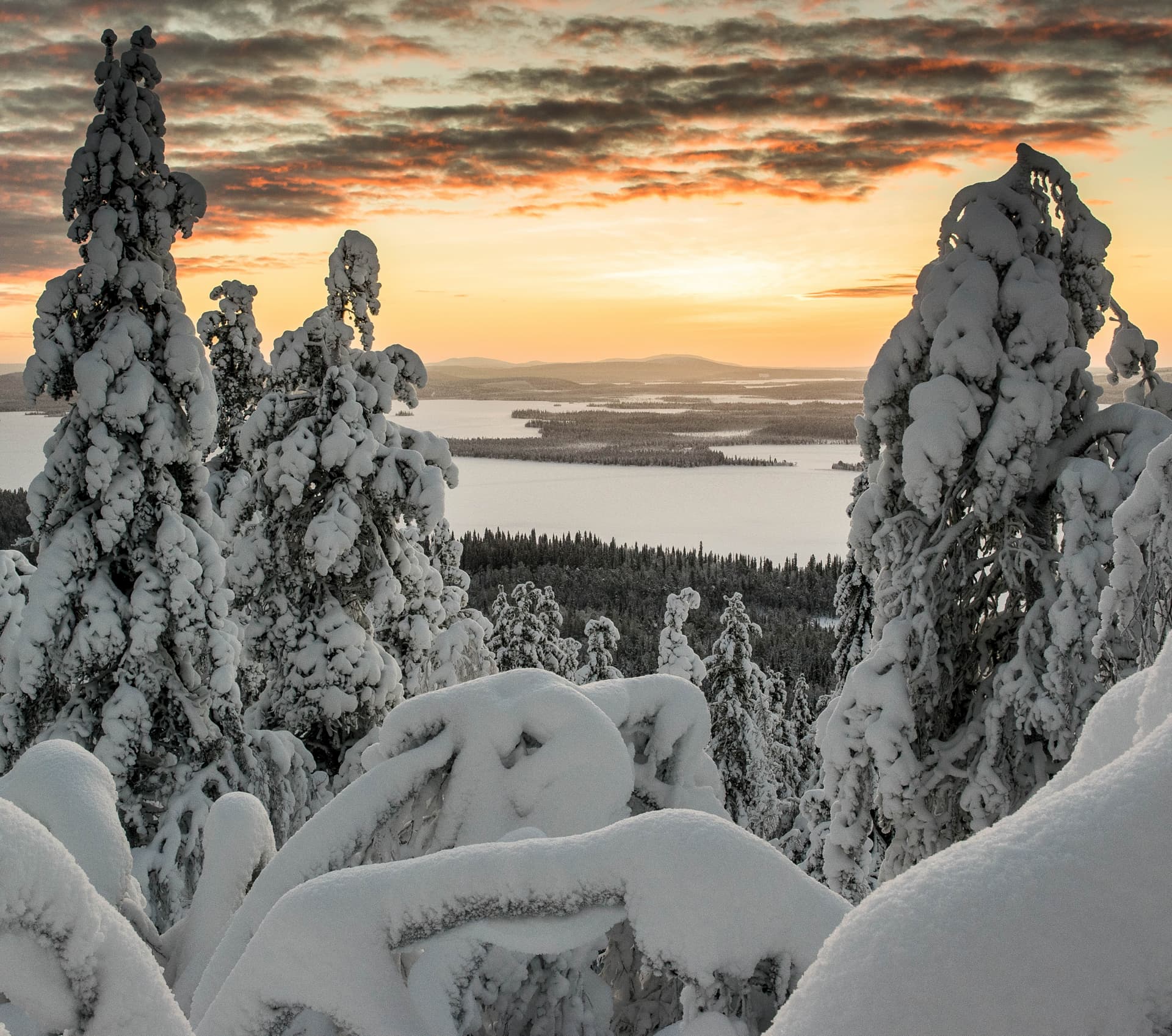Introduction to Lapland Cuisine
Lapland, the northernmost region of Finland, is a land of pristine wilderness, enchanting landscapes, and a rich culinary heritage. The cuisine of Lapland is deeply rooted in its natural surroundings, with ingredients sourced from the forests, rivers, and lakes that define this unique region. Traditional Lapland food is a reflection of the area’s harsh climate and the resourcefulness of its people, who have learned to make the most of what nature provides.
In this blog post, we will explore the common ingredients found in Lapland dishes, shedding light on the staples that make Lapland cuisine so distinctive. From hearty meats and fresh fish to unique vegetables and herbs, these ingredients not only nourish the body but also tell a story of Lapland’s culture and traditions.
Key Ingredients in Lapland Dishes
Lapland cuisine is characterised by its simplicity and reliance on locally sourced ingredients. The key ingredients in Lapland dishes are often those that can be foraged, hunted, or fished from the surrounding environment. This includes a variety of meats, fish, berries, mushrooms, and herbs that are abundant in the region.
One of the most iconic ingredients in traditional Lapland food is reindeer meat. Reindeer have been herded in Lapland for centuries, and their meat is a staple in many dishes. Other common meats include elk and game birds, which are hunted in the vast forests of Lapland. Fish, particularly salmon and whitefish, are also central to Lapland cuisine, thanks to the region’s numerous rivers and lakes.
In addition to meat and fish, Lapland dishes often feature a variety of wild berries, such as lingonberries, cloudberries, and bilberries. These berries are not only delicious but also packed with nutrients, making them a valuable addition to the diet. Mushrooms, such as chanterelles and porcini, are another important ingredient, adding depth and flavour to many dishes.
Meat and Fish: Staples of Lapland
Meat and fish are the cornerstones of Lapland cuisine, providing the protein and sustenance needed to endure the cold, dark winters. Reindeer meat, in particular, is a versatile ingredient that can be prepared in various ways, from stews and roasts to sausages and dried meat. It is often served with lingonberry sauce, which adds a tart contrast to the rich, savoury meat.
Elk meat is another popular choice, known for its lean texture and robust flavour. It is often used in hearty stews and casseroles, providing a warming and satisfying meal. Game birds, such as grouse and ptarmigan, are also enjoyed, often roasted or grilled and served with seasonal vegetables.
Fish, especially salmon and whitefish, are abundant in Lapland’s rivers and lakes. These fish are often smoked, grilled, or baked, and served with simple accompaniments like potatoes and dill. The freshness of the fish, combined with the pure waters of Lapland, results in a delicate and flavourful dish that is a true taste of the region.
Vegetables and Herbs Specific to Lapland
While meat and fish are central to Lapland cuisine, vegetables and herbs also play an important role. Due to the short growing season, the selection of vegetables is limited, but those that do thrive in the region are packed with flavour and nutrients. Root vegetables, such as potatoes, carrots, and turnips, are commonly used, as they store well and provide a hearty base for many dishes.
Wild herbs and greens, such as nettles, sorrel, and angelica, are foraged from the forests and add a fresh, aromatic element to Lapland dishes. These herbs are often used to season meats and fish or incorporated into soups and stews. Birch leaves and spruce tips are also used to infuse dishes with a unique, forest-like flavour.
Berries, as mentioned earlier, are a vital part of the Lapland diet. Lingonberries, cloudberries, and bilberries are not only eaten fresh but also preserved as jams, syrups, and sauces. These berries add a burst of sweetness and tartness to both savoury and sweet dishes, making them a versatile ingredient in Lapland cuisine.
How These Ingredients Reflect Lapland Culture
The ingredients used in Lapland dishes are a testament to the region’s deep connection with nature and its traditions. The reliance on locally sourced, seasonal ingredients reflects a way of life that is in harmony with the environment. This sustainable approach to food is not only practical but also honours the cultural heritage of Lapland.
Reindeer herding, for example, is not just a means of obtaining meat but also a cultural practice that has been passed down through generations. The use of wild berries and herbs showcases the knowledge and skills required to forage and preserve these natural resources. This connection to the land is a fundamental aspect of Lapland culture, and it is evident in every dish.
Moreover, the simplicity and heartiness of Lapland cuisine reflect the resilience and resourcefulness of its people. In a region where the winters are long and harsh, the ability to create nourishing and flavourful meals from limited ingredients is a testament to the ingenuity and adaptability of the Lapland people.
Modern Take on Traditional Lapland Ingredients
While traditional Lapland food remains a cornerstone of the region’s culinary identity, modern chefs are finding new and innovative ways to use these classic ingredients. Contemporary Lapland cuisine often combines traditional elements with modern techniques and global influences, resulting in dishes that are both familiar and exciting.
For example, reindeer meat might be served as a carpaccio with a lingonberry vinaigrette, or elk might be paired with a wild mushroom risotto. Fish dishes might incorporate Asian flavours, such as a miso-glazed salmon with pickled vegetables. These modern interpretations not only highlight the versatility of Lapland ingredients but also introduce them to a wider audience.
Despite these modern twists, the essence of Lapland cuisine remains the same: a deep respect for nature and a commitment to using the best local ingredients. This balance of tradition and innovation ensures that Lapland’s culinary heritage continues to thrive and evolve.
Conclusion
Lapland cuisine is a rich tapestry of flavours and traditions, deeply rooted in the natural environment and cultural heritage of the region. The common ingredients in Lapland dishes, from reindeer meat and fresh fish to wild berries and herbs, reflect a way of life that is in harmony with nature and the seasons.
For those interested in experiencing the true magic of Lapland, Wildmaker Kainuu offers a range of tours that provide an authentic taste of the region. Our tours include opportunities to sample traditional Lapland food, explore the stunning landscapes, and learn about the cultural practices that make Lapland so unique.
Whether you choose a private tour or a shared experience, our carefully crafted itineraries ensure that you get the most out of your visit. From full-board options to self-catered accommodations, we cater to a variety of preferences and needs. Book a tour with Wildmaker Kainuu and embark on a culinary and cultural adventure that you will never forget.



